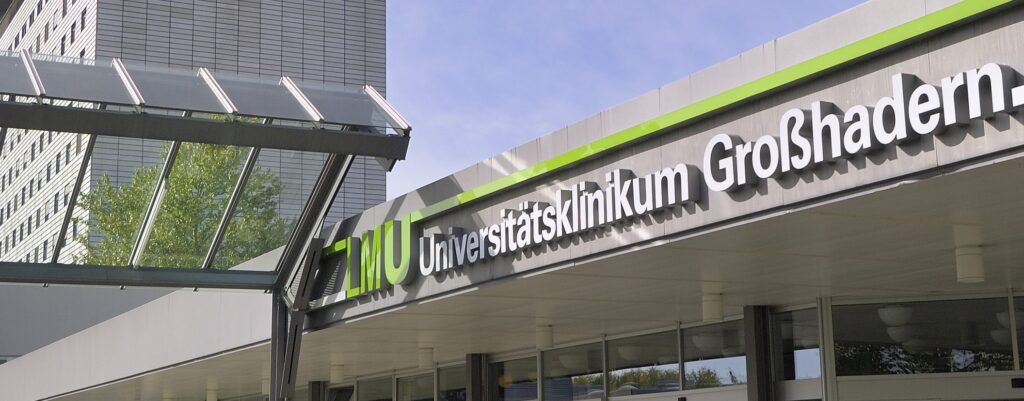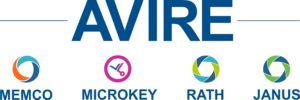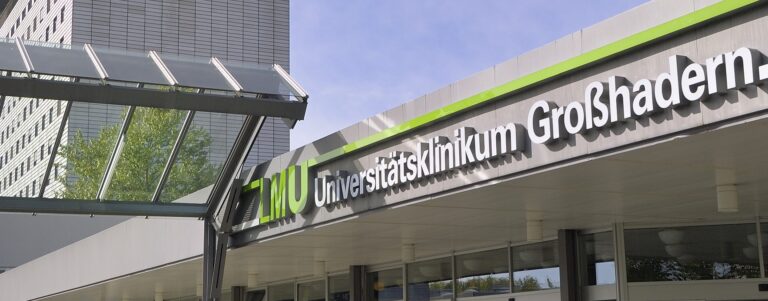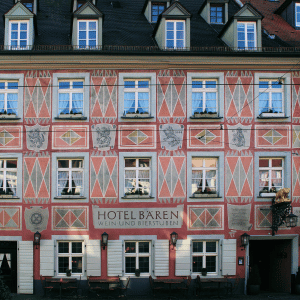The Problem
With its two Munich locations – the Grosshadern and city centre campuses – the LMU University Hospital is one of the largest university hospitals in Europe. Every year, around 500,000 patients trust the competence, care and commitment of its staff. 1,800 doctors and scientists and 3,300 nursing staff work across 29 specialised clinics, 13 institutes and seven departments.
At the LMU University Hospitals multi-storey clinic buildings, functioning lifts are indispensable for smooth operation and good patient care. Doctors, caregivers, patients and visitors use them every day to get from one floor to another or to transport materials. The hospital was experiencing a common problem – objects like beds or wheelchairs were often getting stuck in the lift doors. And this was causing serious damage, such as jammed door leavers or destroyed rollers and door guides.
Damaged lifts had to be repaired at great expense, not to mention the high cost for spare parts, and were out of service for a long time, impacting staff and patients. The Department of Building and Technology wanted a solution to reduce the number of door malfunctions and keep disruption and costs to a minimum.

The Solution
LMU University Hospital needed a safety solution that could help prevent collisions and dangerous door obstructions in a busy hospital where patient care is paramount.
They were considering visual indicators that could help better control the flow of people through lifts and help transport people more efficiently around the hospital. They also wanted to reduce costs and downtime by avoiding beds and wheelchairs bumping into lift doors, causing costly damage and causing lifts to be out of action for repairs.
‘We wanted a light curtain that indicates the opening and closing of the lift doors with a light signal that is easily recognisable in colour,’ said Steffen Göpfert, Head of Elevator Technology in the Department of Building and Technology at the LMU University Hospital. ‘We already have such a signal concept successfully operating on our escalators and in the subways, from where most guests come to us. We now wanted to implement this for our lift doors as well.’ MEMCO was the only manufacturer that met requirements: the Panachrome Plus 3D light curtain was the right tool for the job.
Unlike other light curtains, Panachrome Plus 3D doesn’t just look at obstructions between the closing doors; it looks outwards to see if anyone is approaching the lift and opens the doors accordingly. This means that if someone is trying to catch the lift, there is a much lower risk that the doors will close on anything like a bed or wheelchair and therefore a much lower risk that the doors will become damaged.
The Result
The door edges now light up green when they open and blink red when they close, meaning passengers can see at a glance whether they can enter a lift or should wait instead, reducing the number of people trying to stop the doors with their arms or legs.
The light curtains are also fully compliant with EN81-20 and EN81-70 standards for disabled access, meaning that all your lift passengers are protected. This increased safety also meant lower costs, as lift door damage and jams were significantly reduced.
‘Since we started using the Panachrome Plus 3D, door malfunctions have decreased significantly,’ said Steffen Göpfert, Head of Elevator Technology in the Department of Building and Technology, LMU University Hospital. ‘The lift doors have become safer, and we have less severe damages. As a result, we have been able to significantly reduce our costs for spare parts and repairs.’
The LMU University Hospital has already installed Panachrome Plus 3D in 15 lifts. Eight further lifts are currently being modified and 10 more are in the planning stage.
‘Since we started using the Panachrome Plus 3D, door malfunctions have decreased significantly. The lift doors have become safer, and we have less severe damages. As a result, we have been able to significantly reduce our costs for spare parts and repairs.’
- Steffen Göpfert




